When SHTF, things will rapidly spiral out of control. Panic rooms and sturdy cellars won’t always cut it in emergency situations – at least, not for long. It’s best to cut your losses, bail for a bit, and wait the crazy world out somewhere safe and snug.
A bug out location is a safe place where you can evacuate to in case of an emergency or disaster. The key factor for any good bug out location is preparation. Clear all legal red tape as quickly and efficiently as possible. Familiarize yourself with your post-disaster home along with the way you’d get there. Ensure your home isn’t easy to stumble onto – either from animals or unwanted humans. Spend time at your bug out spot to get a better grasp on your future potential living conditions, and strive towards achieving a sustainable lifestyle.
The best way to deal complications is not to let them develop at all. The headings below make for a nice checklist of the most common concerns that can crop up in these trying situations.
Bug Out Location: Things to Consider
Legality

While bug out locations are meant for SHTF situations, all the preparations need to be settled in far calmer times. Make a point to settle every inch of red tape that could come up and trouble you down the line. Legal considerations vary across states, and you’re unlikely to get the benefit of the doubt if errors are made. Make sure to keep yourself informed at every step of the way.
One of the most important things to acquire is a building permit. Failure to settle this pivotal step leads to consequences ranging from extensive legal fees to the destruction of your unsanctioned property. A building permit also adds to the property value of a construction, which isn’t a bad investment for certain types of SHTF situations. When society settles back, you could stand to own a very valuable piece of real estate post-calamity.
Another consideration are building codes. Building codes exist to help your construction plans meet minimum safety standards for a specific region. While you aren’t obligated to meet these building codes – especially if you declare your property as something smaller-scale – you really do not want to skimp on safety measures for your emergency retreat. Strive to at least meet the minimum safety requirements for construction in your city.
Familiarity
Bug out locations are meant for indefinite, long-term use when things go sideways. Make sure to acquaint yourself with your potential future shelter. Being blindsided when SHTF is something to avoid at all costs – second chances will be scarce in a calamity situation.
Disaster Risk
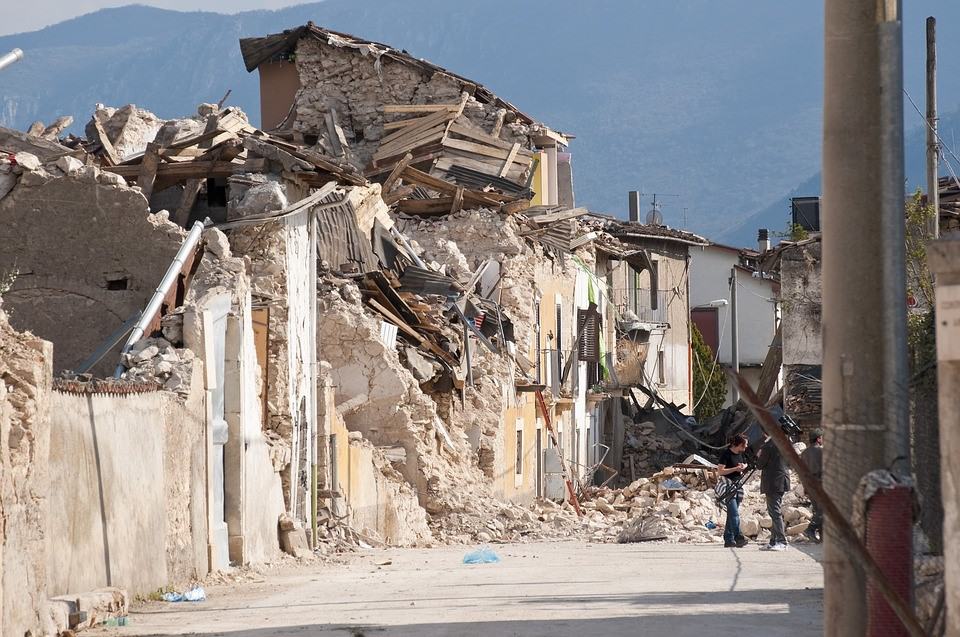
When SHTF, there won’t be any real ways to get government or insurance relief. Disasters will be far more difficult to manage, and consequences will be much more pressing without being able to depend on society. The first step to troubleshooting these issues is information yourself.
One of the most catastrophic natural disasters are earthquakes, which pose very serious risks to infrastructure and landscapes. Splitting concrete and brick foundations aren’t rare occurrences at certain magnitudes, and quakes can potentially change the entire topography of the area. They also come with little to no warning. Not a single major earthquake has ever been detected. Avoid fault lines when scoping out your future bug out location.
Flooding can compromise sanitation, refrigeration, power, and even the structural integrity of your new dwelling. Appliances and exposed wiring could lead to electrocution risks if the flooding goes past the threshold of your new home. They also come very quickly: flash floods can develop in mere hours and can devastate low-lying or erosion-prone locales.
When picking your bug out spot, steer clear of bodies of water in the immediate vicinity – these are prone to quick onset floods. Surrounding forests are ideal, as these reduce the susceptibility and impact of soil erosion. Settling on higher ground is also an option to consider, and is strongly recommended to minimize potential flood damages.
While all disasters are difficult to manage without support, among the most calamitous disasters for an isolated lifestyle are earthquakes and floods. Both occur relatively quickly and with minimal forewarning. Keep a clear eye out for declared fault lines and flood-prone locations for your future home – you really don’t want to find out just when SHTF.
Weather
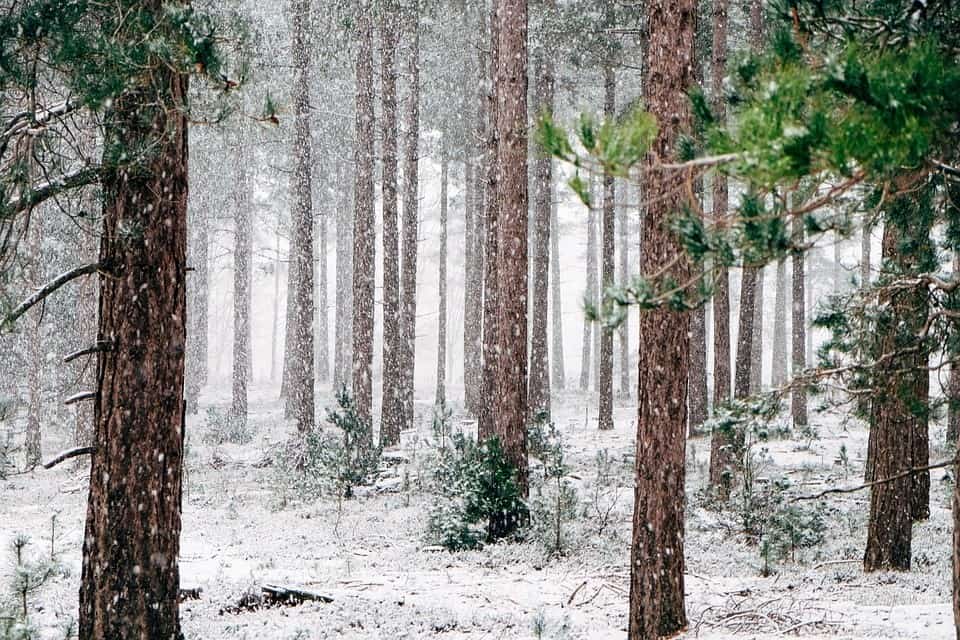
On a more mundane note, it’s important to understand how the seasons hit your bug out location over the course of a year. An amazing summer shelter could be woefully under-equipped for tiding you over in winter. Finding out the limitations of your shelter is best done when the world’s situation is still relatively stable.
Make sure to stock your shelter with what’d suit the weather best. Thick clothes for the winter are a must-have, alongside fuel for warmth and enough supplies to tide you over. Long-sleeved shirts and pants are very helpful when insects begin buzzing around in the summer.
Heat needs to dissipate in warmer climates, so your building materials need to take that into consideration. Stone makes for a good conductor of heat and could lead to difficult summer living conditions. Wood allows for cooler days in the summer, but is susceptible to degradation in humid weather conditions.
Animals and Plants

While most animals are afraid of humans – and will usually flee in our presence – fear is only a short-term deterrent. Our presence could even make them anxious, especially if said species happened to be territorial, tending to their young, or starving.
Animals in the area are liable to familiarize themselves with your territory over time, reducing this effect and your subsequent safety. They may wander into your land for a number of reasons, and unfortunately, a good deal of sustainable living resources (i.e., gardens, livestock, shelter from elements, water) may also attract roving woodland creatures.
Certain animals may even associate human presence with food. This could lead to raids on your food pantries by hungry or curious critters. Bears are one of the most dangerous examples and have been known to interrupt camping sessions and pry open car doors in search of their future meals. Smaller game like raccoons have learned how to open coolers and cabinet doors. Avoid these types of encounters by properly screening and preparing for the expected local fauna.
Seasonal bugs are a concern that tends to be overlooked – hay fever isn’t something you ever want to be caught unprepared for. A lot of plants are harmful with exposure, with common effects ranging from skin irritation to nausea or serious illness. Make sure you screen for allergy risks at a comfortable point in time, as medical care will be scarce at best when SHTF. Ensure you’re up to date on the plants in the vicinity of your bug out home.
Living Experience
Grasping your day-by-day experience is crucial for a bug out location, and this experience amounts to more than just weather patterns. Try to identify and locate promising assets in the vicinity. The forest a short distance away could be a rich spot for game hunting. Rivers and lakes can provide a plentiful source of fish and water. That empty acre of field could make for a great gardening plot or solar power farm.
On a more subdued note, the experiences extend to things as inane as where the breaker is for your electrical line, or where you’d hang your laundry out to dry. Think of it as trying to break in your new dwelling, turning it from an emergency shelter into a cozy home.
Travel
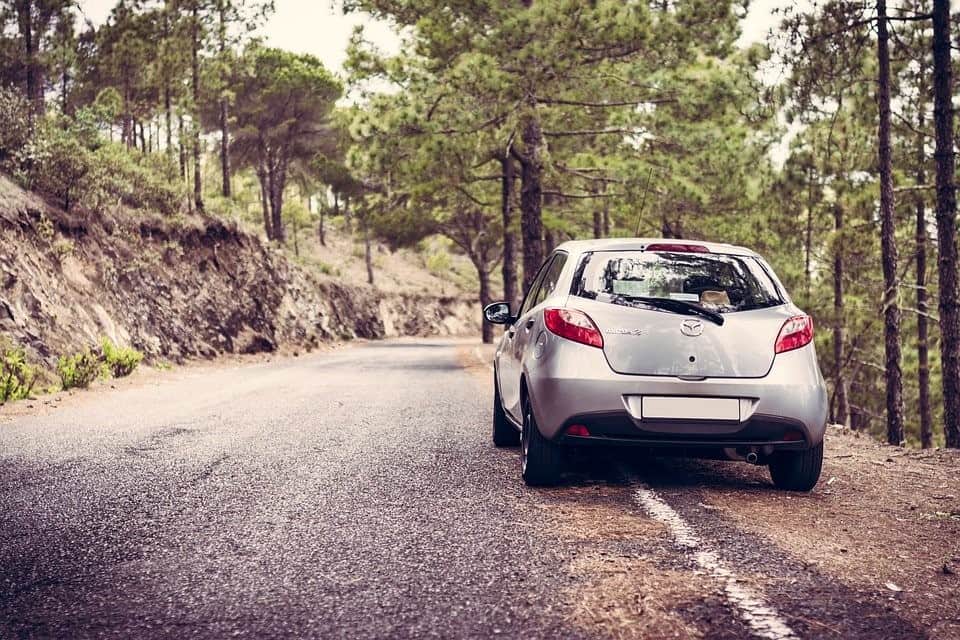
All the preparation in the world won’t make a difference if you can’t make it to your bug out location. You can’t ever guarantee where you’ll be when SHTF. Always ensure you have contingency transportation plans to get you to safety during emergency situations.
Make sure you can locate your bug out location no matter your starting point. Mark them in some way for future reference. Common and accessible methods include registering the area on a travel app like google maps or Waze.
While this is a very simple way to handle this issue, it definitely should not be relied on. If SHTF, internet connection and data-driven technology won’t be guaranteed to be available. Every moment counts during that critical time in transit, and you just can’t afford any downtime. A printed map and proper navigation experience mitigate this issue.
Digital or printed methods are there as a fallback, and your main travel plan should always hinge on personal familiarity with the route. This provides another reason to regularly visit your bugout location. Make sure you have a decent idea on how you’d get to your bug out location – get the practice in while the stakes aren’t as high.
Mode of Travel
Your main modes of transportation – cars, bicycles, and simply walking – offer their own distinct pros and cons. That doesn’t necessarily force you to limit the number of choices made, and in fact, a combination of the three is actually encouraged if one can pull it off.
Cars offer the most storage space, traveling capacity, comfort, and safety. This comes at the cost of their fuel usage, maintenance needs, and loudness. Fuel usage is a concern that grows more problematic with scarcity and lack of sustainable sources. If your own power generators run off the same fuel, the demand compounds.
Stockpiling fuel won’t work, as the shelf life of gasoline tops off at 6 months, with diesel pushing about a year if stored properly. Past that point efficiency degrades sharply, damaging whatever engines making use of them. Electric-powered vehicles may potentially fare better in these situations than their fuel-based counterparts, and could even draw power from solar energy.
Bicycles are very economic methods to travel, requiring nothing beyond the mechanical energy of your own body. The maintenance needed for bicycles is relatively manageable, with spare parts and tire patches covering most of the common bicycle repair needs. Bicycles also make for a health-conscious option for travel, at very low cost and great long-term use.
Finally, you could just walk. There isn’t too much to consider for this avenue beyond fitness, socks, and shoes. Try and maintain a functional fitness regime with respectable cardio, as most cars and fuel will fall out of use within a year’s time. Wear comfortable socks, and change them accordingly for hygiene purposes. Lastly, buy good shoes that can handle difficult terrain. Pick quality options as you aren’t likely to stumble onto decent pairs for purchase in the future.
When traveling to your bug out location, taking a car would be the most practical way to arrive. It’s the safest method on the list and allows for a way to transport individuals and critical goods in decent quantities. Bicycles could either be brought along the vehicle or stored on the bug out site itself, as these provide means for both efficient travel and healthy exercise.
Shelter
The type of shelter you’ll have for your bugout spot is another important consideration. While some off-grid properties come with existing structures, they won’t always be appropriate to your needs.
Specific shelter types are far more complex than can be covered within the article, but building considerations remain relevant. Materials come with their own perks and drawbacks.
As covered above, wood is a common, affordable building fodder that can be taken from surrounding areas. However, it’s susceptible to gradual decay from rot, mold, and water. Wood is also prone to shrinkage over time, and in general, proves more vulnerable to structurally compromising damages – especially fires.
Stone and concrete don’t have those risks but conduct heat with uncomfortable efficiency. Precautions need to be taken if your shelter is meant to endure sweltering summers. They’re also more expensive to purchase and prepare, proving a challenge for limited budgets.
The key point here is preparation. Ensure you have a clear idea of what to expect from your location, then build for your needs accordingly.
Accommodations
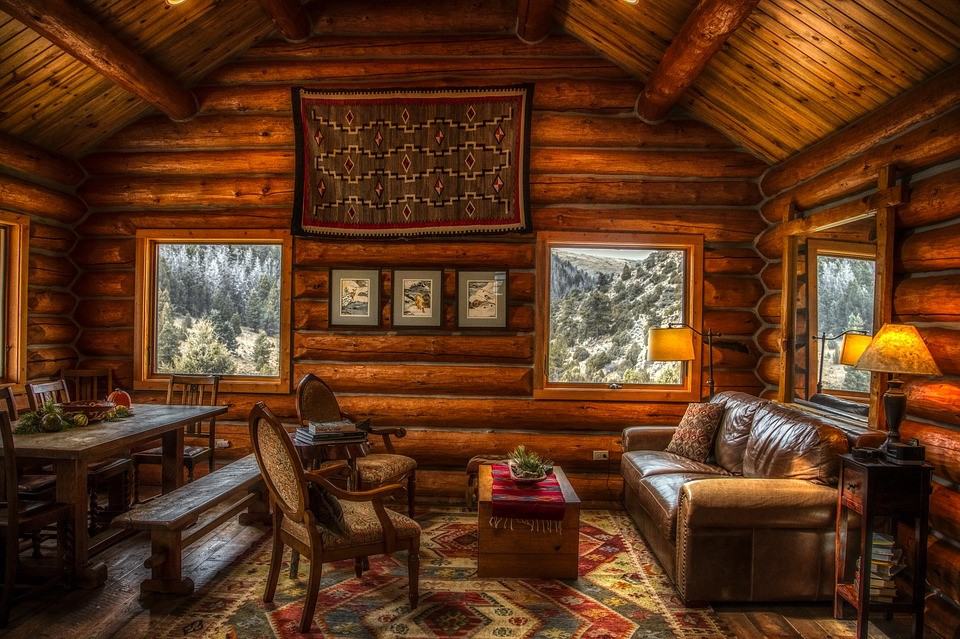
Spartan living accommodations won’t work for everyone. At the same time, financial limitations and lack of sustainable resources when SHTF makes certain creature comforts short-term at best. There needs to be a balance struck between what you need to survive and what you’d need to live a proper, fulfilling life.
Entertainment will be the sharpest loss when things go wrong, and stream-based media platforms will most certainly suffer from this. Make sure to archive your offline entertainment. If off-grid power can be maintained, a hard disk-based media library could do wonders for morale. Printed media like books and magazines should be stocked as well for when technology usage isn’t feasible.
Make sure to keep your bug out spot stocked with enough canned goods to tide you over for a good while. Sustainable resources could crop up with complications like long winters or unsuccessful hunting trips. Maintaining a reliable safety net is good while you’re gaining your bearings in the new, post-SHTF normal. Do get some practice in before then though.
Start picking out some decent clothing as well, prioritizing function over form. Long-sleeved shirts and pants are great against insects and other irritating pests, alongside functional hats, jeans, and jackets. Store them far away from fire and moths. Picking up sewing or knitting as a skill wouldn’t be a bad idea too – especially if you have anyone with growing kids in your bug out squad.
Medical and sanitary products will also be in greatly diminished supply by this point. Make sure you have plenty of disinfectant products like rubbing alcohol in your cabinet. Gauze and bandages are also needed, especially if you plan to double down on the outdoorsy lifestyle. Don’t forget to prepare certain hygiene products as well, depending on planned company.
Discretion and Protection
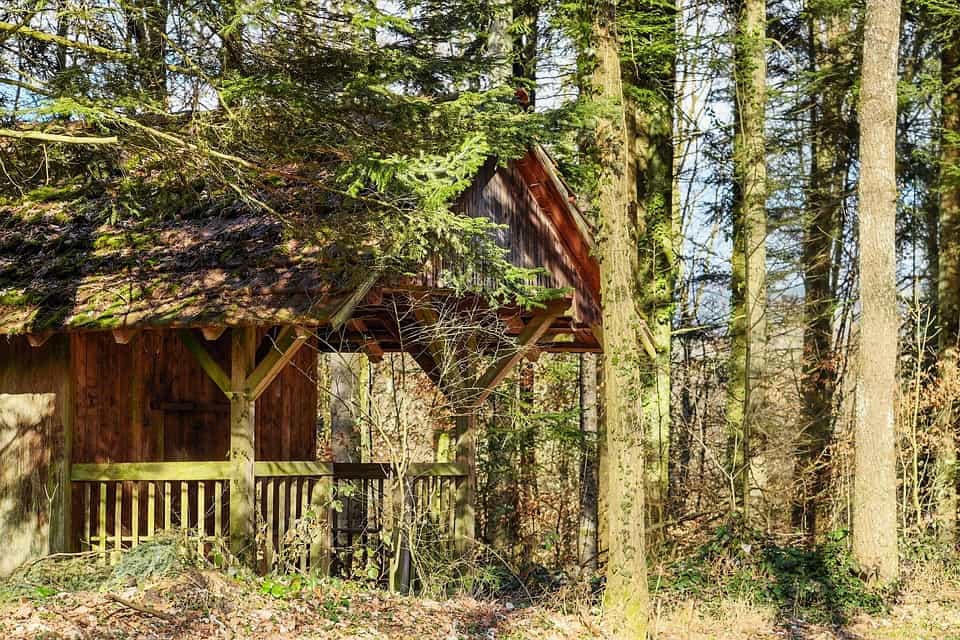
A bug out location needs to be hard to stumble onto. People won’t be at their best when SHTF, and you need to prioritize keeping yourself and your loved ones safe. Advertising your preparedness can only backfire between desperate people and the limited supplies at hand.
Heavy traffic areas and evacuation routes are places you need to steer clear of. People will gather and bottleneck the area, and it’ll only be a matter of time before you get swamped with confused and distressed refugees. Take note and avoid settling near those vicinities.
Proper vantage points are pivotal to spot potential intruders. Retain as few blind spots as possible for this purpose. Humans aren’t the only threat to watch out for – scrounging animals can be dangerous when anxious, and SHTF situations tend to spill over into the environment. Animals are likely to be just as agitated by the influx of destructive humans.
Practice a lights-out policy at night to minimize possible activity from wandering individuals. Keep your trails, paths, and residence’s exposure limited as possible. Tint your windows with non-reflective tape to reduce glare in the daytime. You want as few people wandering onto your bug out spot as possible, and the few that do just wandering past your home none the wiser.
Hiding should hopefully cut it, but prepare for the possibility it fails. Better safe than sorry, and ensure you have some form of protection on hand. Always consider it nothing more than a last resort. SHTF situations will be hard enough to manage as is, and escalating to violence may compound an already difficult living situation.
Sustainability
Sustainable living is very important, with most of the comforts we know and love suddenly hinging on very finite resources. Being able to make the most of what we have simply isn’t enough to last for years – the key is establishing ways to acquire them renwably. Luckily, most of the sustainability tips for bug out shelters overlap with what’s needed for off-grid living.
Food

There are a few ways to procure food sustainably in a survival situation, and all of them meet different nutritional needs. Try to familiarize yourself with as many methods as possible.
Setting up a prepper garden is a nice way to not just grow vegetables but compost some of your own trash as well. It’s less strenuous than most entries in this subheading, and also possesses no risk of coming home injured or empty-handed. Pick out a nice, clear plot from your property and start supplementing your own dietary needs. Staple dietary mainstays such as carrots, radishes, and spinach can be grown within 1-2 months.
Fishing makes for a decent source of both entertainment and protein, requiring only patience, bait, and a good-sized body of water to get started. Fish oil also has remarkable effects on one’s well-being, with benefits including lowered blood pressure, reduced body inflammation, and healthier heart conditions. While it definitely varies from area to area, you can usually expect to catch an edible fish in under or around an hour’s time – get the practice in while you comfortably can.
You could also try your hand out at hunting game from time to time. Forests are rich spots for finding quality game in fair amounts – a single deer can comfortably provide around sixty pounds of decent meat. Smaller animals like rabbits or chipmunks can also keep you and your family sated. That said, hunting can be dangerous if you do not have the proper gear and skills; you could come home with a good haul, empty-handed, or not at all if things go poorly.
An alternative method for acquiring meat at a much smaller risk could be achieved by raising livestock. Some of the more common livestock animals are chickens, rabbits, goats, and pigs. While cows may seem appealing for their milk, in a survival situation goats provide similar services at a more manageable size. Make sure you read up on proper procedures for handling your livestock animals and get the practice in before SHTF.
Water

A human being needs around two gallons of water a day to function – one for drinking, the other for miscellaneous tasks such as washing and cooking. Humans can generally survive about thirty days without food, but only three without water. Being able to source your water on a consistent basis is crucial for long-term survival.
Clean sources of water are best when they’re a short while away. Settling too near a body of water could prove to be a potential flood risk when it rains. Animals are very likely to dwell in that area as well. Play it safe and minimize those risks, but be sure to keep your water source a comfortably accessible distance.
There are a few ways to make your water potable. The easiest method would be the tried-and-true boiling, which safely kills most bacteria and protozoan contaminants. Chlorine and iodine tablets fulfill a similar niche and can be used at times when you don’t have time on hand to boil (i.e. when traveling).
It’s important to note that while filtration and purification seem to be similar processes, they actually fulfill different roles. Filtration is primarily about cleansing certain impurities like sand particulates or bacteria and usually does so with physical methods like mesh strains. Purification aims to cleanse everything risky, even microscopic dangers like viruses that easily bypass filters. They also tend to utilize chemical means for this purpose, like chlorine or iodine treatments.
Electricity

Electricity is a welcome utility for when SHTF, providing lights, heating, appliance usage, and other necessary creature comforts in your post-SHTF home. It can be produced either through generators or solar panels.
Propane, diesel, and gas generators offer their respective pros and cons. Deciding what type of generator you plan to make use of falls under user preference and convenience.
Gas has a very short shelf life of about three months. Diesel can manage a bit longer, and can even keep for up to a year with no adverse effects. Propane lasts the longest, with a shelf life of at least thirty years. In fact, this limitation is actually due to the container – propane actually has an indefinite shelf life by itself
Propane and diesel generators usually consume about three gallons per hour. With both stock and storage limited, this method will eventually fall short over time due to a lack of tenability.
Solar energy can circumvent this dependence on finite energy resources. Another boon is that solar panels only require minimal maintenance procedures such as general monitoring and cleaning to maintain their efficiency. Solar power does have a few notable limitations: dependence on weather, limited energy storage, and steep buy-in price.
Storage
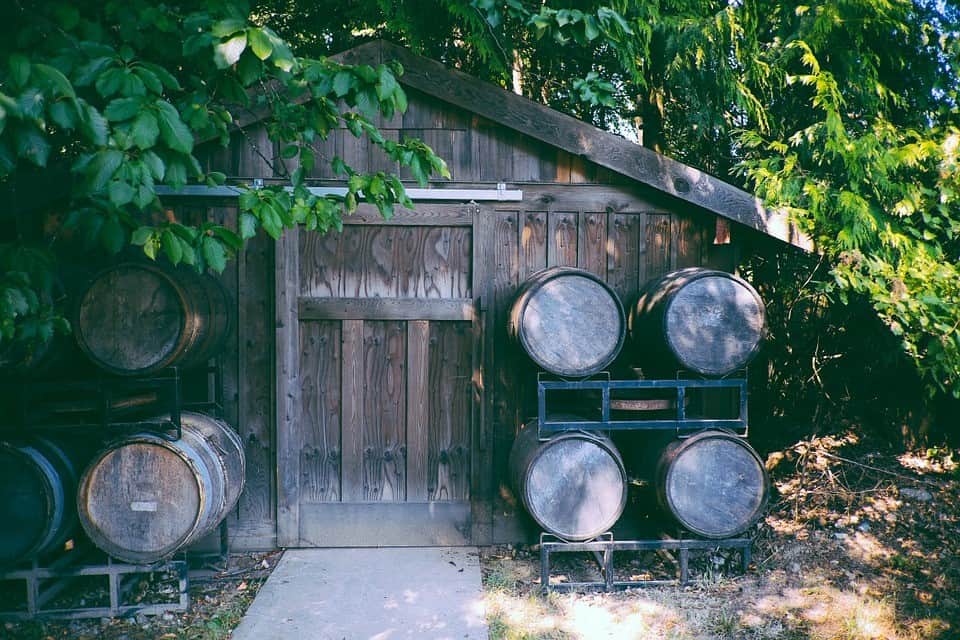
Ideally, most of your daily commodities should allow for renewable usage. In certain conditions, your capacity to seek out those needs will be limited or restricted. Some days you’ll be too sick to tend to your garden, and other days might have inclement weather. It’s important to own decent storage means to prepare for these eventual occurrences.
An icebox or off-grid fridge could handle perishable goods well. A decent storage tank can handle all of your water needs – even the more modest units can hold at least 2,500 gallons of water. Dry storage cabinets can stockpile clothes, canned goods, and old books. A cellar, attic, or shed could be constructed for more options.
A locked door won’t do much good when someone or something is desperate to get at whatever is in the supply cache you’ve hidden away. Be sure to minimize their detectability for both people and wildlife – especially when it’s food that’s stored away. Airtight and sealed containers go a long way to minimizing scent profiles.
Final Thoughts
There are a lot of things to consider when deciding on your bug out location, and most of them will be in your control. Do all the preparations and familiarization before SHTF, because preparation is half the battle. Choose wisely and stay safe in your bug out location of choice.

